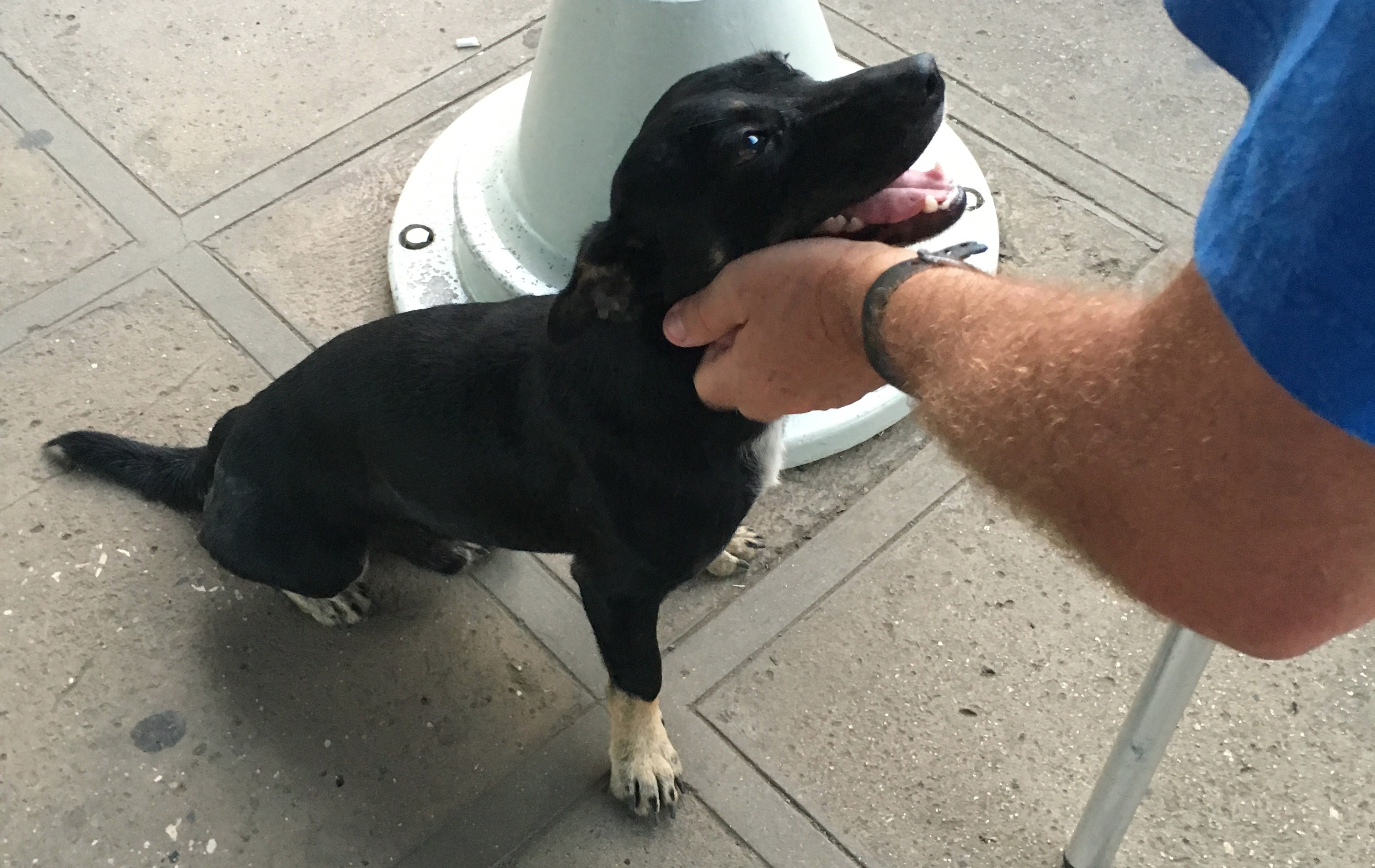Not long ago, I wrote about a couple that had died of bubonic plague after eating an infected animal. This resulted in several tourists from the U.S. and other countries who were in the town where the couple fell ill to be under quarantine while over 100 others were under close supervision. (By the way, I’ve updated that link to include the aftermath of the event).
Now that’s done, apparently we had another travel-related death. This time it’s rabies and honestly, it’s the kind of situation that could happen to any of us.
A Norwegian woman died of rabies after she played with an infected puppy while on vacation in the Philippines.
Birgitte Kallestad, age 24, was traveling with friends in the Philippines in February. They found a puppy on the side of the road and Birgitte brought it back to the resort where she and her friends were staying.
An animal lover, Kallestad washed and played with the puppy and in the process received a few “small scrapes,” as per her family. As reported by the BBC, she washed the nicks but didn’t seek any medical treatment.
Upon returning back to Norway, she originally felt fine but then began to show symptoms. Because the incident with the puppy had occurred several weeks previously, it made it more difficult to determine what was wrong with her. By the time she was finally diagnosed, it was too late to save her and she passed away a couple of days later.
Hers was the first death rabies death in Norway in more than 200 years.
“Our dear Birgitte loved animals … our fear is that this will happen to others who have a warm heart like her,” her family said in a statement, as per the BBC.
As per the Center for Disease Control and Prevention, rabies is a preventable viral disease of mammals, most often transmitted through the bite of a rabid animal. The vast majority of rabies cases reported to the Centers for Disease Control and Prevention (CDC) each year occur in wild animals like raccoons, skunks, bats, and foxes but in some countries, 99% of rabies cases are due to dog bites.
The rabies virus infects the central nervous system, ultimately causing disease in the brain, and then death. The early symptoms of rabies in people are similar to that of many other illnesses such as a cold or the flu, including fever, headache, and general weakness or discomfort. As the disease progresses, more specific symptoms appear and may include insomnia, anxiety, confusion, slight or partial paralysis, excitation, hallucinations, agitation, hypersalivation (increase in saliva), difficulty swallowing, and hydrophobia (fear of water). Death usually occurs within days of the onset of these symptoms.
If rabies is caught early, there’s a vaccine for the disease, but a victim must receive it before symptoms appear for it to work. Once rabies symptoms develop, there’s no treatment, and the disease is almost always fatal, according to the CDC.
Puppies are, of course, mouthy, and always wanting to play. Unfortunately, Birgitte probably was scratched by the puppy and then “mouthed on,” or maybe the puppy was nippy and broke skin. Either way, what a shame…she was so young!
However this tragedy can be a lesson for us to be very cautious when we’re traveling and encounter stray animals, regardless of how cute they are. As a prime example, this little guy was playing with virtually everyone when we were in Viñales, Cuba in 2016…

…but you can bet I didn’t let him touch anything more than my shoelaces (he was tugging on them), “just in case.”
If only Birgitte Kalllestad had been so wise.
Like this post? Please share it! We have plenty more just like it and would love if you decided to hang around and clicked the button on the top (if you’re on your computer) or the bottom (if you’re on your phone/tablet) of this page to follow our blog and get emailed notifications of when we post (it’s usually just two or three times a day). Or maybe you’d like to join our Facebook group, where we talk and ask questions about travel (including Disney parks), creative ways to earn frequent flyer miles and hotel points, how to save money on or for your trips, get access to travel articles you may not see otherwise, etc. Whether you’ve read our posts before or this is the first time you’re stopping by, we’re really glad you’re here and hope you come back to visit again!
This post first appeared on Your Mileage May Vary

1 comment
Every time I travel and see my travel doctor, she warns me not to touch or play with animals, regardless of how cute they are.
Morocco has monkeys and snakes that you can take pics with(they are cruelly kept so I wasn’t going to anyway), and she was really clear not to get near the monkeys.
I had booked a US expat guide in Cambodia who mentioned that we could see some monkeys. I told him ok, but we wouldn’t touch the monkeys, right? He said not to worry. I told him that I REALLY didn’t want to get close to them. He did it anyway and when I told him I wanted to leave, he got mad. I wrote a review that mentioned that I worried about rabies. Maybe I’m being paranoid, but it’s my fear and this article reinforces that being careful is important.